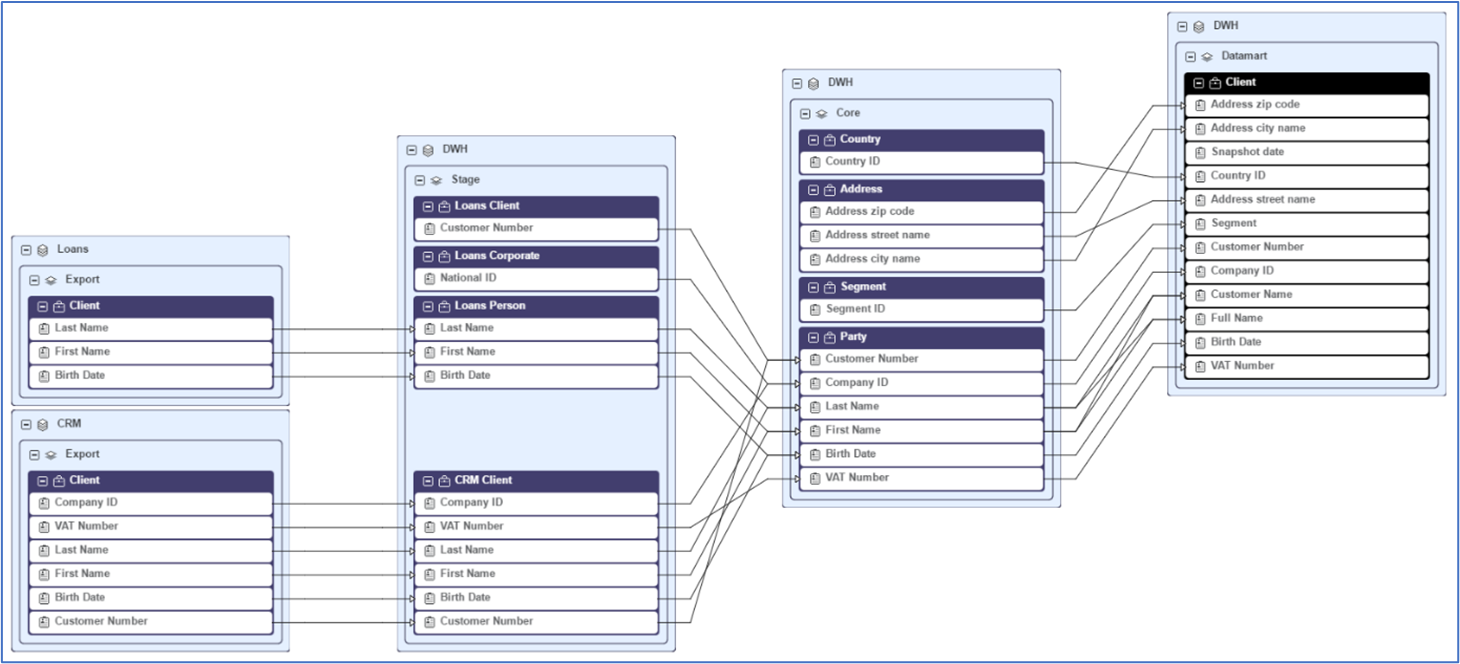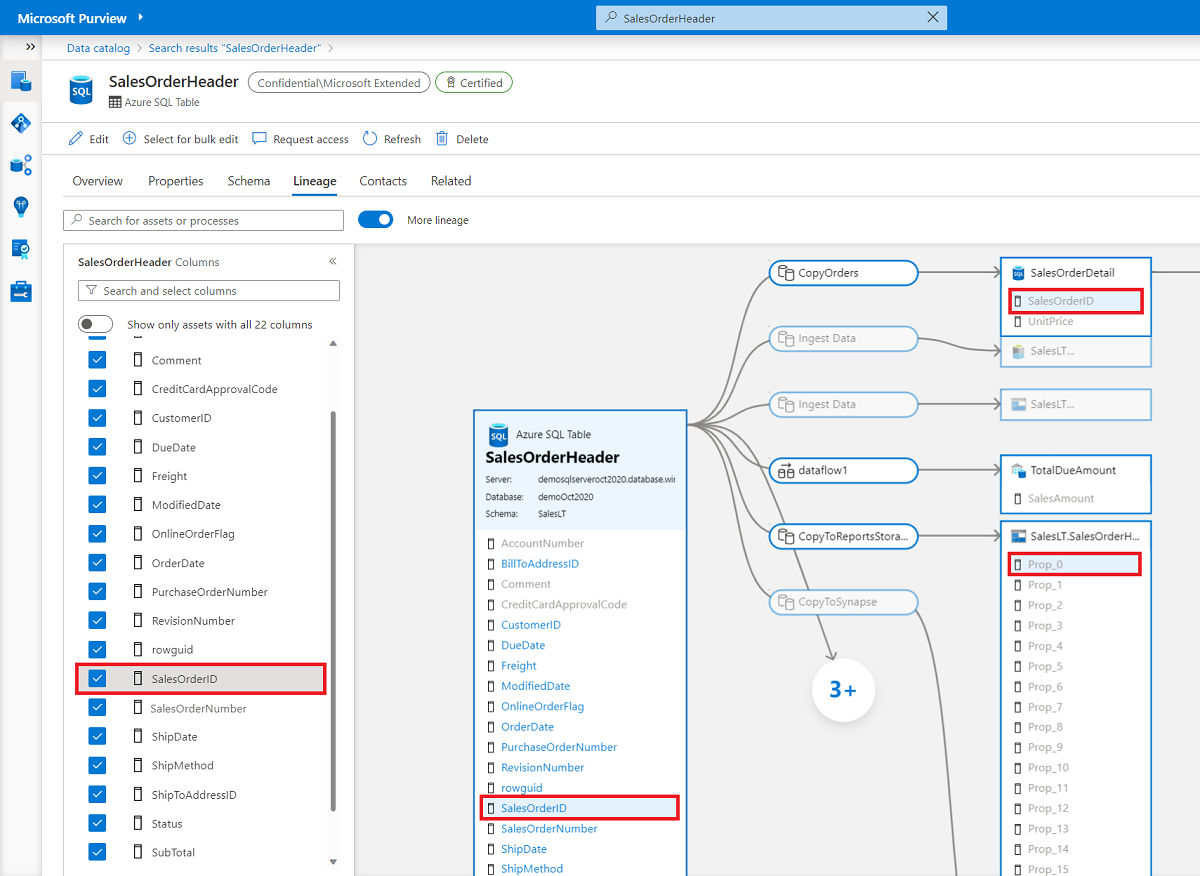Skill Up: The Benefits of Data Lineage Maps
Every day, humans generate over 400 million terabytes of data. Your organization alone is likely producing millions of data points daily—are you putting them to work, or just paying to store them?
For many organizations, it’s the latter—but it doesn’t have to be.
It’s time to modernize the way you manage your data. It’s time to implement data lineage mapping.
What is data lineage?
Data lineage mapping is the process of tracking how data is created, transformed, and used across your systems. It gives you a clear, end-to-end view of your data’s journey—from its origin to its final destination—making it easier to spot errors, ensure compliance, and build trust in your analytical projects.
Tracing the lineage of the data allows us to:
Track data quality and completeness
End users will have a better experience using the data and will be able to articulate its benefits and limitations.
Automate data transformation
Removing multiple manual interventions in the data lifecycle reduces the risk of human error and creates better traceability when errors do arise. Your company can tackle issues more quickly and reduce down time.
Evaluate data relevance
End users will know which data they need and where to get them.
Streamline and automate compliance and governance
Compliance and governance are not fun, but they are necessary to ensure your are mitigating security risks and complying with legal frameworks. If you can define the governance around these processes and embed them in your data lifecycle, you will create consistency and auditability to protect your organization.
Manage data lifecycle and reduce storage costs
Data doesn’t need to be stored forever. Identifying what is relevant to your organization and for how long, then automating the disposition processes, saves money on storage and reduces the amount of data you’re managing.
Why do I need a map?
Maps help us find our way. You could skip the mapping, but tracking data manually is like navigating a new city without GPS. You’ll waste time, get lost, and probably ask 30 people for directions before you arrive at your destination.
Data maps allow us to find key landmarks in our data lineage like points in the lifecycle where security needs to be applied, where data is transformed (and may have its meaning changed) and who is ultimately consuming the data.
Who is responsible for data lineage?
While data stewards may manage the tools and mapping process, everyone in your organization plays a role in data lineage. From marketing to finance to HR, every employee creates or consumes data should understand how it flows—and why it matters.
What tools are available to automate these processes?
There are many tools available to help automate data lineage. This list of the top 14 tools for 2025 is a great place to start. And don’t overlook Microsoft Purview—it’s a powerful option, especially for organizations already using the Microsoft ecosystem.
The 14 Best Data Lineage Tools and Software to Consider for 2025
Further Reading:
What is Data Lineage and Why is it Important? | Solidatus
The Complete Guide to Data Lineage: Benefits, Techniques, and Best Practices | Select Star

